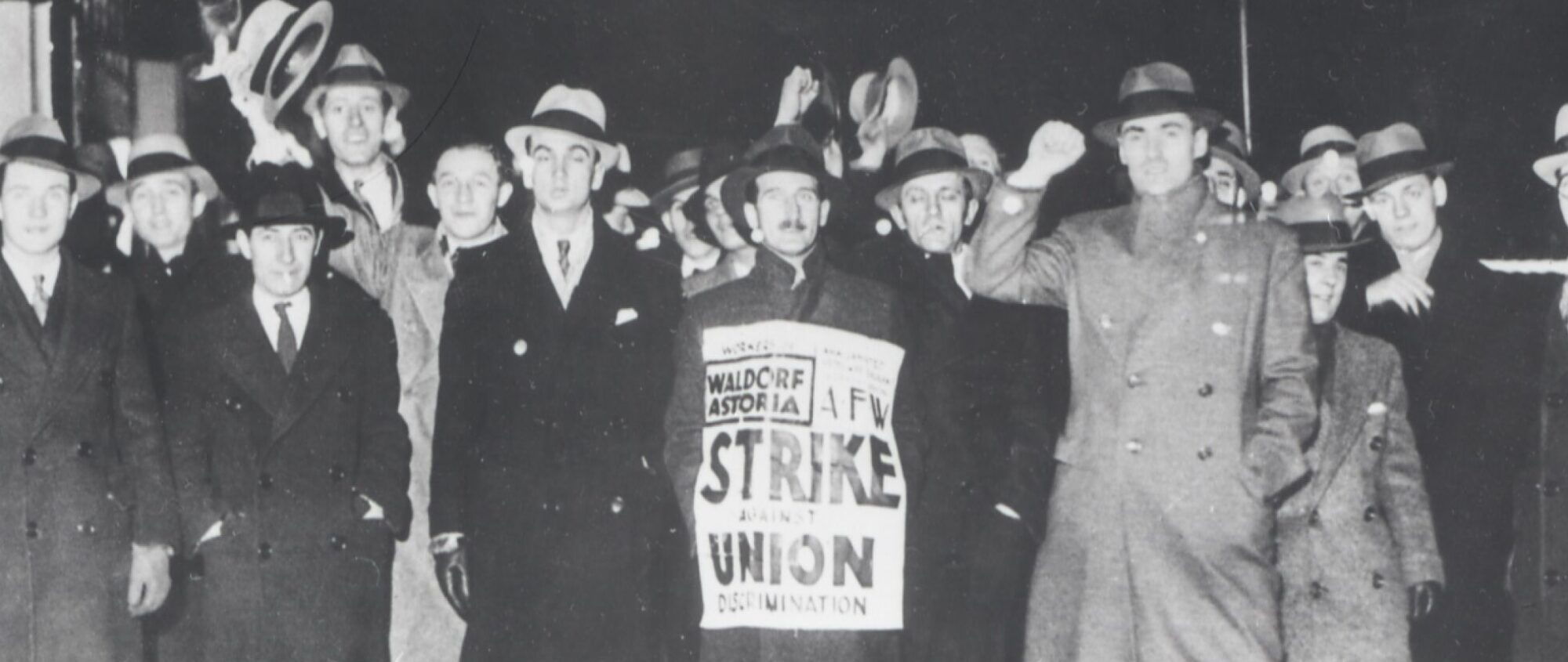One of the more frustrating tendencies of narrow-minded NIMBYism is the knee-jerk opposition to railroad expansion in Queens and Long Island. Residents in Maspeth are already howling because Congressman Jerrold Nadler has secured 100 million federal dollars for the design of a rail-freight tunnel under the harbor, from Bayonne to Bay Ridge, a project that he has long-championed to rebuild the port of New York and bring back the region’s capacity for shipping and manufacturing.
The lack of easy cross-harbor transportation caused many shipyards to close and greatly increased the use of trucks on our streets (and, with them, greatly increased pollution and asthma). The lack of high-speed, high volume shipping hastened the departure of many of Brooklyn’s and Queens’ factories and breweries. Televisions, spark plus, staplers, beer and so much more used to be made in New York and shipped out to the rest of the country, providing hundreds of thousands of good jobs, the sheer volume and quality of which have not been replaced by service and tourism jobs. Nadler and other port advocates believe that New York’s size and geographic location still make it an efficient and cost-effective to manufacture goods and ship them around the world, and that the factories and good jobs would return if the rail and port infrastructure were in place.
Situated at an intersection of the Long Island Rail Road and one of the island’s main freight railroads, Maspeth would be a crucial juncture in a regional rail freight network. “Congressman Nadler Wants 16,000 More Trucks a Day to Exit Here,” screams a billboard on the LIE. While the number is in dispute, the tunnel would put more trucks in Maspeth, although the cumulative amount of truck traffic on city streets would plummet. But, Maspeth is a Republican stronghold, so Mayor Bloomberg has come out unequivocally against the project, even though his Republican predecessor, Rudy Giuliani, committed millions of dollars to feasibility studies for it.
Bloomberg’s opposition will prevent an environmental impact study from commencing, which can only prevent the construction of the tunnel. The two heads of the Port Authority of New York and New Jersey, the lame-duck governors of the states, may prevent the plans from ever being drawn up, although, to their credit, it is because they prioritize other rail projects (commuter service across the Hudson River, and a rail connection from JFK to Wall Street).
Now is the time to build more rail infrastructure. Oil is a finite resource that is being consumed at greater rates by the US and by China. We are quickly heading towards a day of reckoning when gas prices become too high to support the American way of life of two cars in every garage and a sixty minute commute to the office park. New York is in far better shape to weather the crisis than most other, car-based communities. But we can’t rest on our laurels. We must expand the rail infrastructure now, before the crisis and before the costs become too huge.
This is why I’m so disappointed by the neighborhood in which I grew up, Floral Park, for its vocal opposition of adding a new track to the Long Island Rail Road from Bellerose to Hempstead, for the temporary disruption that the construction would cause. But the permmanent benefit of the third track would not only be the increased capacity to speed commutes from Floral Park to midtown, but the new transportation opportunities it would provide to the 120,000 commuters who drive from Manhattan and Brooklyn to Long Island for work everyday.
The Long Island Rail Road was initially designed as a commuter line, to speed Long Island residents to their jobs in Manhattan, but our lives and economy have become more complicated than that. The future of jobs on Long Island, the health of our environment and the future viability of our communities depends on a Long Island Rail Road that can service commuters from the east and the west, as well as within Long Island from north to south, so that we can survive without our cars if the day comes when we can no longer afford them.
